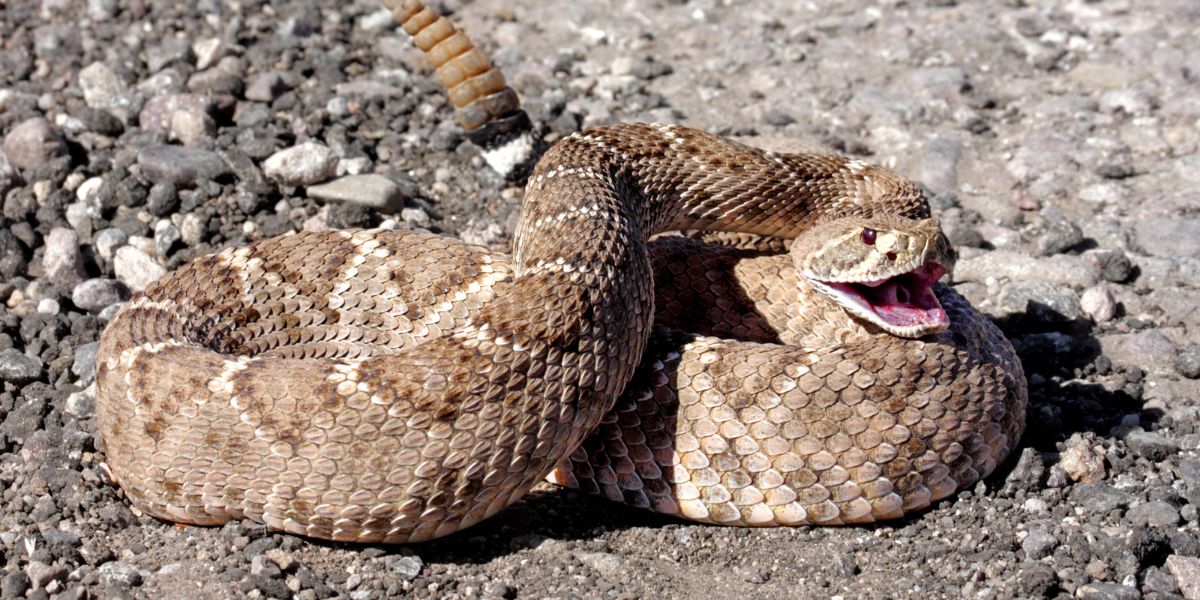Getting attacked by a wild animal while you’re in the wilderness is one of the worst situations you can find yourself in. That’s especially true when it comes to venomous snakes, which are incredibly dangerous. A bite from a venomous snake can be fatal if you don’t react properly.
While it was previously believed that a tourniquet is the right solution to a snakebite, new evidence suggests otherwise. In fact, a tourniquet could end up hurting you more than helping you.
I’ll explain why.
Why Shouldn’t You Use a Tourniquet for a Snakebite?
It was long thought that the best form of snakebite first aid was applying a tourniquet and slowing down the spread of the venom, but we now know that isn’t true.
According to experts, applying a tourniquet won’t slow down the spread of the venom effectively. The venom may spread around your body at a slower rate, but it will still spread.
Furthermore, by applying a tourniquet, you slow down blood circulation to a body part that is severely envenomated. Since so much of the venom is concentrated in that body part, applying a tourniquet will keep the majority of the venom there for some time while keeping new blood away.
This can lead to severe tissue damage, resulting in disfigurement and loss of mobility, or even amputation!
As you can see, a tourniquet can only worsen your condition. Although it may sound weird, it’s better for the venom to spread around your entire body than for it to stay concentrated in a single area.
What Should You Do After a Snakebite?
The first thing to do after a snakebite is to stay calm. I know that’s easier said than done, but raising your BPM will only circulate the venom through your body faster. The best way to do this is by sitting down (obviously somewhere far away from the snake).
Your blood pressure will likely drop, and if this happens, you might lose consciousness. You don’t want to lose consciousness while standing up; you may hit your head on the way down.
After sitting down, call emergency services. Don’t try to drive yourself to the hospital or walk there unless that is literally the only option. Calling 911 and getting yourself evacuated, even by helicopter if necessary, is much safer than attempting to reach help on your own.
After you make the call, remove everything tight around the bite spot. The bitten limb will swell up soon, and you don’t want rings, bands, watches, or tight shoes closing off blood circulation.
Now, all that’s left to do is mark the bite spot with a Sharpie or a pen and wait for help to arrive. If possible, and without putting yourself at risk of getting bitten again, take a picture of the snake.
If you start feeling symptoms of anaphylactic shock (throat and mouth swelling up, difficulty breathing, hives), use an epinephrine injection (provided you have one).
I know this may sound like I’m saying, “Call 911 and hope for the best!” but this is, unfortunately, all you can do…unless you’ve been bitten by an elapid.
Elapids and Pressure Immobilization
Elapids are snakes with neurotoxic venom. This family of snakes includes cobras, death adders, sea snakes, kraits, mambas, taipans, and coral snakes.
Coral snakes are the only elapids found in North America (usually in Arizona and New Mexico). Aside from that, elapids only live in Australia, Asia, Africa, parts of South America, and the oceans surrounding those continents.
Since these snakes have neurotoxins that will kill you much quicker than rattlesnake or copperhead venom, pressure immobilization is necessary.
You have to apply a pressure-immobilization bandage (not a tourniquet; a tourniquet is not a replacement for a pressure-immobilization bandage) on the bite spot and completely immobilize the limb. The bandage can’t be taken off before receiving the antivenom because the massive surge of venom will send you into shock.
Keep in mind, though, that you should only do this if you’re bitten by an elapid, and for our European and North American readers, that’s almost impossible.
What Shouldn’t You Do After a Snakebite?
What you don’t want to do is worsen the situation.
- Don’t try to capture or kill the snake. You’ll only get hurt more.
- Don’t try to suck the venom out. It won’t work.
- Don’t try to open the wound with a knife to let the venom out. It won’t work and you’ll only hurt yourself more.
- Don’t apply a tourniquet.
- Don’t drink alcohol or caffeine.
- Don’t take any drugs or medication.
- Don’t cauterize the wound; you’re not Rambo, and it won’t cancel out the effects of the venom.
- Don’t electrocute yourself (believe it or not, this was long believed to be valid snakebite treatment).

















